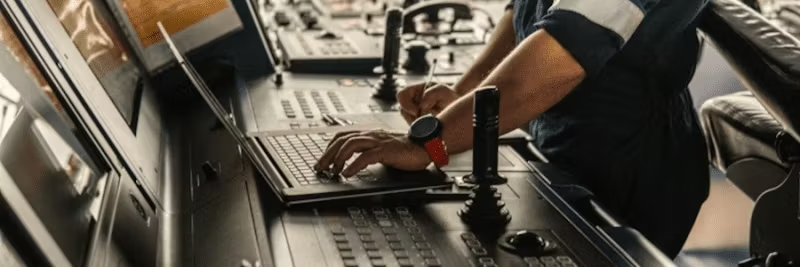Discover the best methods and Actisense products for transferring vessel data to your computer – with isolation, diagnostics, and full compatibility.
Computers on board are standard equipment today, and with the right solution, you can easily transfer vessel data to your PC. Actisense offers several products that make this safe and efficient – depending on whether you use NMEA 0183 or NMEA 2000.
Connect NMEA 0183 to PC securely
It is not recommended to connect NMEA 0183 devices directly to a PC without isolation. Direct connection can cause ground loops that damage both the PC and the NMEA device.
- Best solution: Actisense USG-2 – provides full isolation on both input and output, as well as easy USB connection.
- Budget option: Actisense OPTO-4 – provides isolation on the PC input (but not the output). If your PC lacks a serial port, supplement with a USB-to-serial adapter.
- Simple connection: USBKIT-REG / USBKIT-PRO – connects Actisense devices directly via USB, but does not provide the same level of protection as USG-2.
Connect NMEA 2000 to PC
For NMEA 2000, the solution is simple: use the Actisense NGT-1 Gateway.
- NGT-1-USB is the most common choice for PCs with a USB port – plug and play.
- Compatible with Windows, Mac, and Linux.
- Transfers all 163+ PGNs from the network.
Tip: The program you use (e.g., NMEA Reader) configures the NGT-1 automatically. The default setting is "Receive: All", meaning you get all available data from the network.
What do you do with the data on the computer?
Once the data is transferred, several options are available:
- Navigation software: Use OpenCPN for NMEA 0183 data or MaxSea TimeZero for NMEA 2000.
- Diagnostics: Actisense NMEA Reader decodes PGNs and displays them in a readable format. Perfect for troubleshooting and network analysis.
With NMEA Reader, you get full insight into all PGNs on the bus. Each field is displayed with its parameters, making advanced diagnostics easy.
Summary
- Use isolated solutions for NMEA 0183 (USG-2 or OPTO-4).
- For NMEA 2000, the NGT-1 is the best solution.
- Combine with NMEA Reader for full control and diagnostics.
- Avoid direct connection without isolation – it can damage your equipment.
